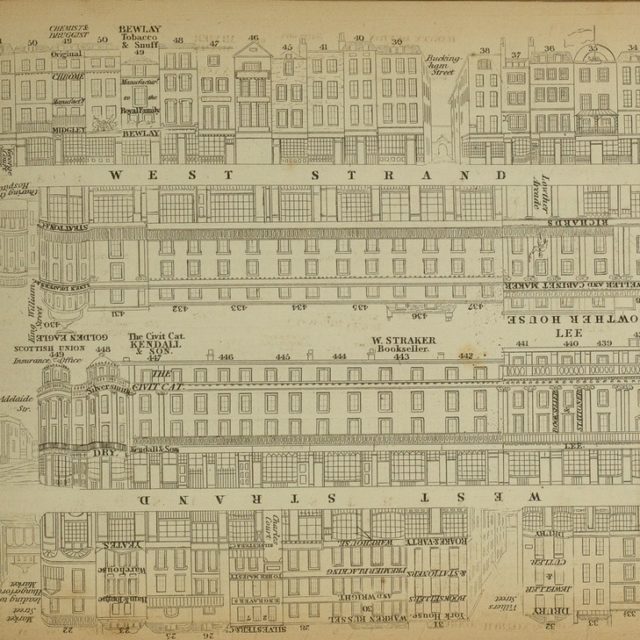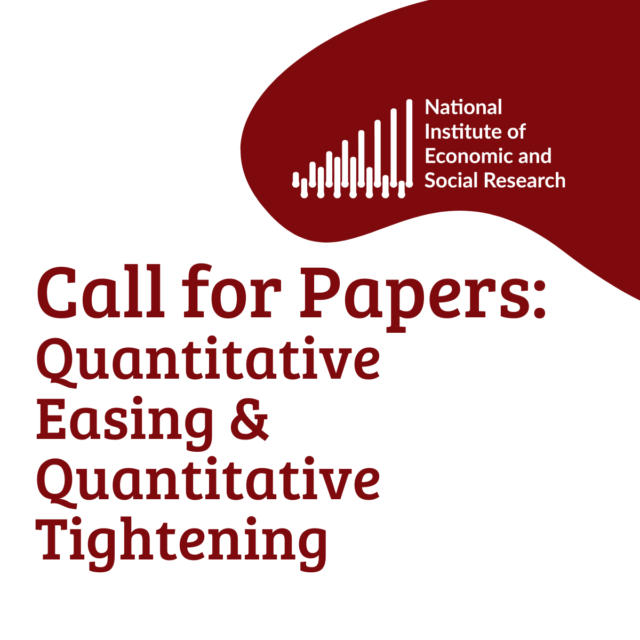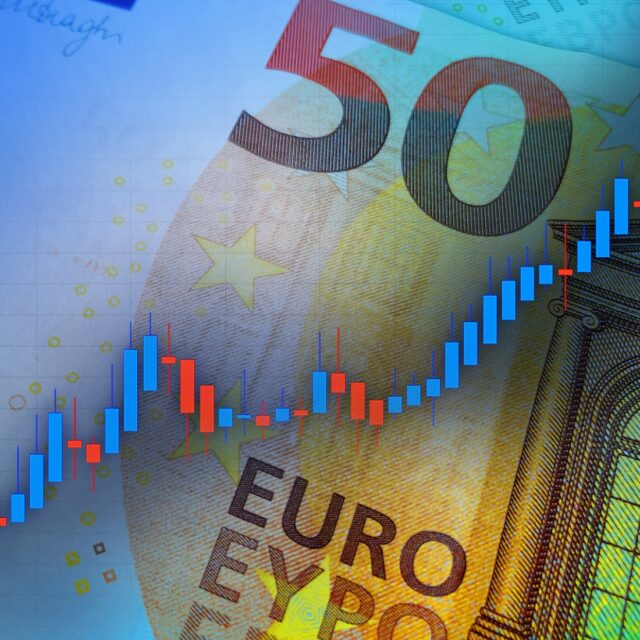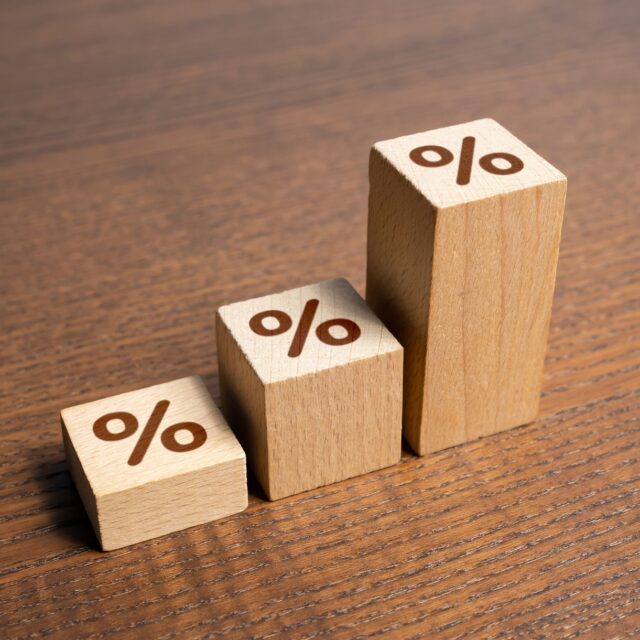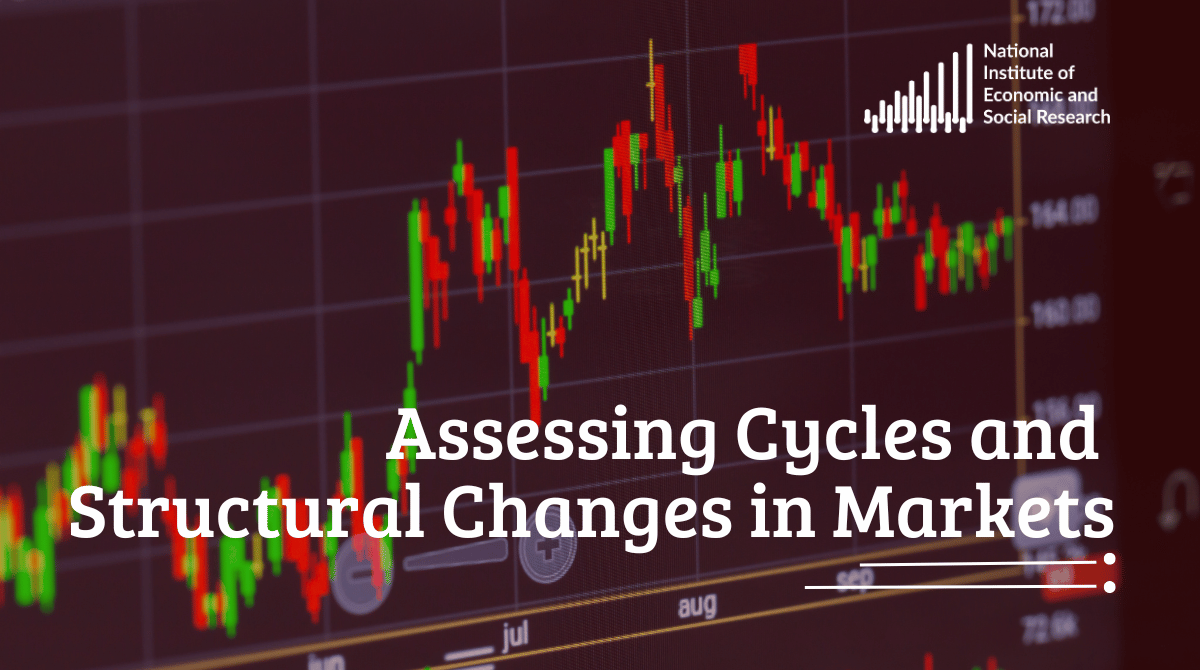Macro-models and the medium term – The NIESR experience with NiGEM
 Pub. Date
Pub. Date
 Pub. Type
Pub. Type
Large scale macro-econometric models have been changing over the last two decades,
and they have been increasingly designed to investigate medium term problems
associated with the determinants of growth and the design of policy regimes. Macromodels
were constructed for forecasting purposes, and many forecasters have begun
to realise that knowing both the medium term prospects for the economy and the
structure of the underlying equilibrium helps improve contributions to the
conjunctural debate. Many models are now firmly grounded in economic theory, with
strong New-Keynesian influences being the most common. The underlying structure
determines the level of output and the trajectory for prices, with equilibrium
correction mechanisms pulling the economy toward its long run, albeit slowly. This
paper looks at the National Institute global model, NiGEM, a rational expectations
New Keynesian model with a strong basis in estimation. The model has been widely
used in forecasting and policy analysis, and is being continually developed. Much
recent research has gone into improving the supply side of the model. The underlying
level and growth of output determine capacity and capacity utilisation, and hence
impinges on both forecasts and the use of the model for policy analysis. Wellspecified
models are homogenous in prices and allow economists to investigate the
determination of the price level and of relative prices. Models need to answer question
such as what are the implications of the fall in the euro against the dollar, and this is
discussed in order to throw light on the properties of the models. The issues of
forward-looking consumption and dynamic properties are addressed, as they form a
part of the ongoing agenda of research.







